~ Personal note from Connie
I hope you and your family are doing wonderfully! On Monday Doug and I trailered our horses to Sam McDonald County Park, my favorite place to ride. It was a warm, sunny day, perfect for a ride. One of our favorite trails goes down the ridge through lush vegetation, a pause for lunch, then a couple of stream crossings where our horses pause to drink.
Soon we are loping through the redwoods, surrounded by them. My hair is flying, the air is clear and sweet, and I am in bliss. I know of nothing I love more. Such freedom and joy!
We come back up the ridge, riding a single track trail and loping much of the way. My mare Destiny loves to run! She takes off for one final push to the top (She knew this was the final rise!).
We come thundering into the clearing at the top, and there maybe 50 feet in front of us, is a gorgeous mountain lion – yes, a mountain lion! – slinking off into the brush at the edge of the clearing. Destiny is so full of joy and perhaps she senses the cat’s fear that she acts as if it were nothing. As we walk away, Echo looks behind us. He noticed!
An exciting end to a breath-taking, joyous ride!
Happy trails!
To your Joyous Family!
Connie
~ LAST CALL! Do You Have a Copy of my Book?
If you do, you are invited to attend in my F.REE Q & A Teleclass happening next Monday, September 17.
It doesn’t matter when or how you got it – a gift, part of a program you took with me in the past, a purchase two years ago. As long as you have a copy of my book, you are invited.
You must register to participate. Register by going here.
~ New article: This is NOT Cute!
I saw this photo shared on Facebook with comments like “This is cute. Good reminder”, and within seconds, I am furious! This approach to helping children be more conscious, kind people is so limiting to them and to us, and I’m sure the people who put this together care deeply about children.
Yet we must ask deeper questions and be aware of the long-term effects of our approaches to raising and educating our children.
The kind of message taught on this poster tries to teach intellectual ideals – someone’s should’s – to the child, which lessens her natural consciousness and awareness as she tries to be what we want her to be. It puts children in their head and not their heart, their best source of wise inner guidance.
Sadly, this is one more example of adults misunderstanding how to bring out the best in children. It’s an approach we have known since we were raised as children, and we think, “How wonderful! Now children will know the ‘right’ way to behave!”
It never works the way we want. It is one more piece of information trying to make children be the way WE think they should be and that, in reality, takes them away from their natural inner knowing and desire to connect lovingly with others. It becomes one more ‘should’ for our children, and we all know how wonderful ‘should’s’ are.
If we want children to be kind and gracious toward others in their interactions, then we must closely examine our actions toward them and treat them with kindness and graciousness. It’s an every day moment-to-moment way of being, not a moment of teaching.
When we relate with them with a desire to control and to get them to be who WE want them to be, we are not being kind, gracious and considerate of them.
Then children lose their natural kindness and graciousness toward others. They begin to listen to us, to model us, and to act based on their thoughts and not their heart. They lose their spontaneity, their authenticity, their joy.
Children are not cute little playthings we can mold into our desires. Each young person is an amazing being with his / her own talents, desires, and dreams. If we want young people to be their best, we must create an emotionally healthy environment that empowers them from the inside out and not continue trying to get them to conform to our standards and ideals.
Here’s to freedom, joy, love and full self-expression for us all! When we give this to our children, we give it to ourselves!
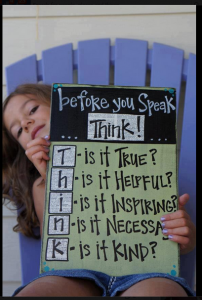
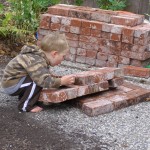
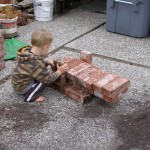
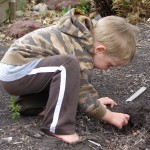
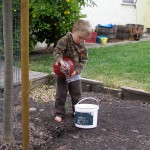

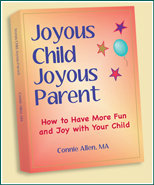
 Just a little bit about me -- I'm a coach for parents, visionary guide, insightful trainer, and powerful consultant.
Just a little bit about me -- I'm a coach for parents, visionary guide, insightful trainer, and powerful consultant.